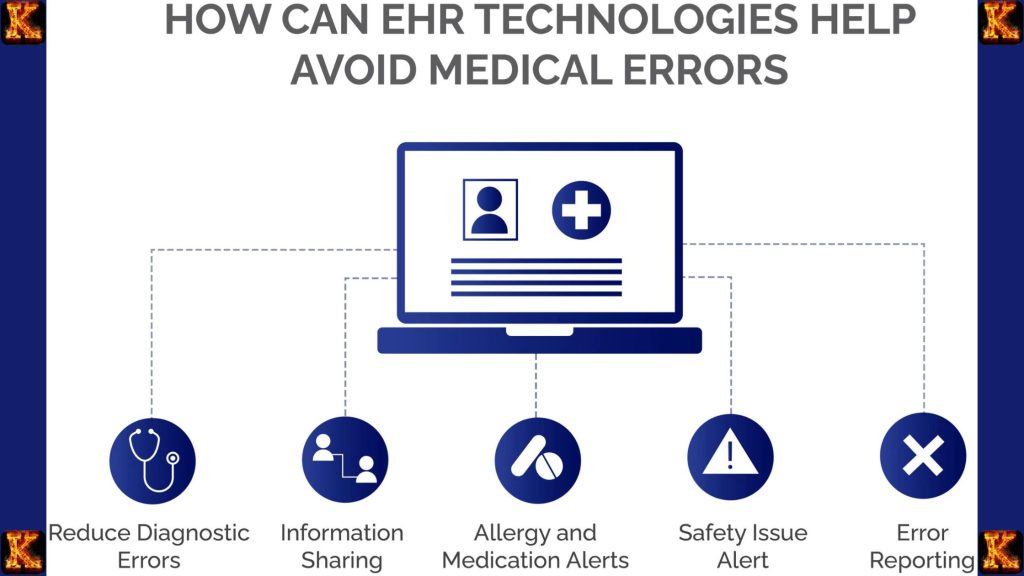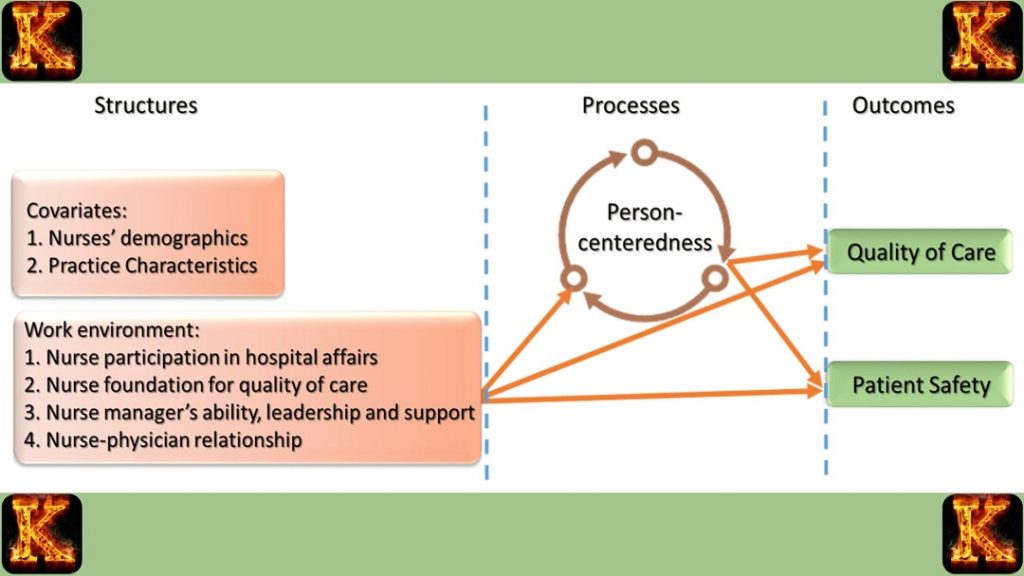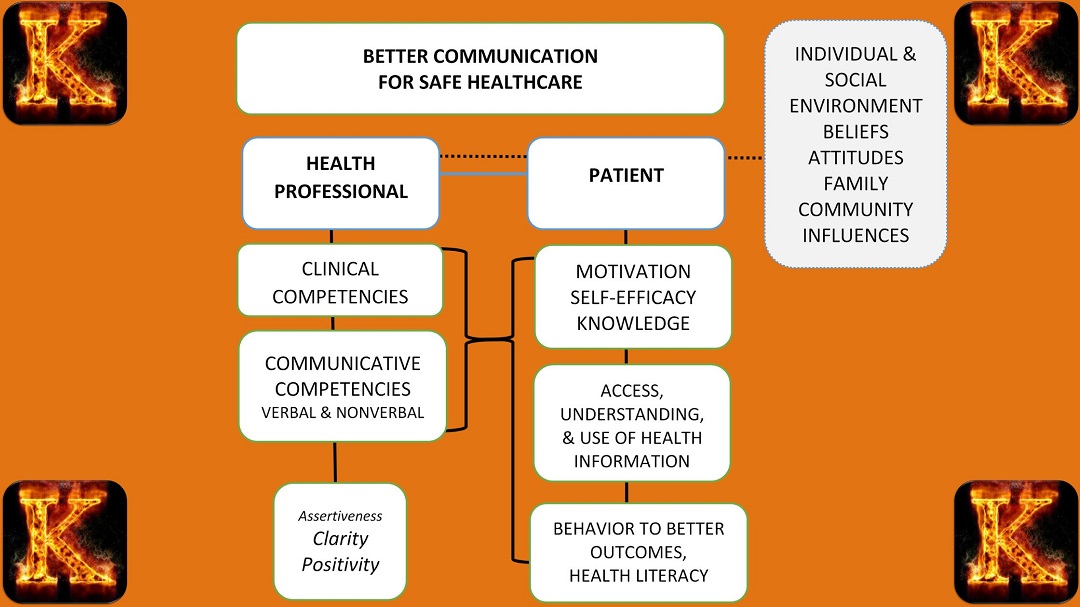Introduction
Medication errors pose a serious threat to patient safety, potentially leading to severe consequences, including adverse drug events, prolonged hospital stays, and increased healthcare costs. In the quest for safer healthcare delivery, the implementation of electronic medication administration records (eMAR) has proven to be a transformative solution. This essay delves into the mechanisms by which eMAR reduces medication errors, the myriad benefits it offers, and the broader implications for
healthcare systems. By understanding the purpose and advantages of eMAR, we can appreciate how this technology enhances patient safety and care quality. Additionally, we will explore the interplay between eMAR and electronic health records (EHR), barcode scanning, and other technological advancements that collectively contribute to reducing medication errors. Finally, we will consider the role of healthcare professionals and the importance of continuous improvement and training in maximizing the effectiveness of eMAR.
How Does eMAR Reduce Medication Errors?
eMAR reduces medication errors by providing a
digital platform for recording and managing medication administration. This system ensures that the correct medication is given to the right patient at the proper dosage and time. It includes various checks and alerts to prevent errors, such as incorrect dosages or drug interactions. By leveraging advanced technology, eMAR significantly enhances patient safety and care quality in healthcare settings.
Real-Time Data Access
One of the primary ways
eMAR reduces medication errors is through real-time data access. Healthcare professionals can access a patient's complete medication history and current prescriptions instantly, allowing them to make informed decisions and avoid potential mistakes.
- Example: Nurses can access a patient’s medication history and current prescriptions in real time, reducing the risk of administering the wrong medication. This immediate access to up-to-date information ensures that all medication decisions are based on the most current data, thereby minimizing the chances of errors.

Automated Alerts
eMAR reduces medication errors by utilizing automated alerts. These alerts notify healthcare providers of potential issues, such as drug interactions or allergies, before they administer the medication. This
proactive approach helps in preventing harmful mistakes.
- Example: If a nurse attempts to administer a medication that could interact with another drug the patient is taking, the eMAR system will alert them, preventing potential harm. These alerts serve as a critical safety net, ensuring that all potential risks are evaluated and mitigated before medication administration.
Barcode Scanning
Barcode scanning is another significant feature of eMAR that
reduces medication errors. By scanning barcodes on patient IDs and medication labels, the system verifies that the correct medication is being administered to the right patient.
- Example: By scanning barcodes on patient IDs and medication labels, eMAR ensures that the right medication is given to the right patient. This verification process is crucial in eliminating errors related to patient identification and medication matching, thereby enhancing overall safety.
Comprehensive Data Integration
How does eMAR reduce medication errors? Through comprehensive data integration. eMAR integrates with other electronic health records (EHR) systems, ensuring a seamless flow of information across different healthcare platforms. This integration allows for better coordination and continuity of care, further reducing the risk of errors.
- Example: Integration with EHR systems provides a holistic view of the patient's health status, including lab results, medical history, and ongoing treatments, enabling more accurate and safe medication administration.
Continuous Monitoring and Reporting
Continuous monitoring and reporting capabilities in eMAR help in tracking medication administration and identifying potential issues in real time. This ongoing oversight allows for immediate corrective actions, preventing errors from escalating.
- Example: eMAR systems generate detailed reports on medication administration, helping healthcare providers to identify patterns and potential areas of improvement, thereby proactively addressing issues before they lead to errors.
Enhanced Communication
Effective communication facilitated by eMAR systems is another critical factor in reducing medication errors. By providing a centralized platform for all medication-related information, eMAR ensures that all members of the healthcare team are on the same page.
- Example: eMAR enables seamless communication between doctors, nurses, pharmacists, and other healthcare professionals, ensuring that everyone involved in patient care has access to the same information, reducing the likelihood of miscommunication-related errors.
The Advantages of eMAR
The primary advantage of the Electronic Medication Administration Record (eMAR) is its ability to significantly reduce medication errors through automation and real-time data access. Other advantages include improved workflow efficiency, enhanced patient safety, and better compliance with regulatory requirements.
Improved Workflow Efficiency
eMAR streamlines the
medication administration process, allowing healthcare providers to focus more on patient care rather than administrative tasks.
- Example: Automated documentation reduces the time spent on manual record-keeping, allowing nurses to attend to more patients. For instance, eMAR can automatically log medication administration events, freeing up nurses' time to provide direct patient care and improving overall workflow efficiency.
Enhanced Patient Safety
eMAR’s automated alerts and checks ensure that medications are administered safely.
- Example: Alerts for potential drug interactions or allergies prevent harmful mistakes. For example, if a nurse attempts to administer a medication that could interact with another drug the patient is taking, the eMAR system will alert them, thus preventing potential adverse reactions and enhancing patient safety.
Compliance with Regulatory Requirements
eMAR systems are designed to comply with healthcare regulations, ensuring that medication administration records are accurate and complete.
- Example: eMAR helps healthcare facilities meet regulatory standards by automatically recording medication administration details. This ensures that the facility's documentation is thorough and meets legal and regulatory standards, such as those required by the Joint Commission or other accrediting bodies.

The Purpose of eMAR
The primary purpose of the Electronic Medication Administration Record (eMAR) is to enhance patient safety by reducing medication errors. Additionally, it aims to improve workflow efficiency and ensure compliance with healthcare regulations.
Enhancing Patient Safety
Point: The primary goal of eMAR is to prevent medication errors that could harm patients.
- Example: By providing real-time access to medication records, eMAR helps healthcare providers avoid mistakes. For instance, if a nurse tries to administer a medication that the patient is allergic to, the system can immediately alert them, preventing a potential adverse reaction.
Improving Workflow Efficiency
eMAR streamlines the medication administration process, making it more efficient.
- Example: Automated alerts and documentation reduce the time spent on manual tasks. For example, instead of manually checking and double-checking medication charts, healthcare providers can rely on eMAR's automated processes to ensure accuracy, thereby saving time and reducing the likelihood of errors.
Ensuring Compliance
eMAR helps healthcare facilities comply with regulatory requirements for
medication administration records.
- Example: The system ensures that records are accurate and complete, meeting legal standards. For instance, eMAR automatically logs every medication administration event, ensuring that the facility's documentation is thorough and compliant with healthcare regulations, such as those set by the Joint Commission or other accrediting bodies.
The Significance of Electronic Health Records (EHR)
How does EHR reduce medical errors? Electronic Health Records (EHR) systems significantly reduce medical errors by providing a comprehensive digital record of a patient’s medical history. This ensures healthcare providers have access to accurate and up-to-date information, thus improving the quality of care and patient safety.
EHR and Medication Errors
EHR systems offer a complete view of a patient’s medical history, which reduces the risk of medication errors.
- Example: Accurate medication history in EHR prevents harmful drug interactions. For instance, if a patient is prescribed a new medication, the EHR system can alert healthcare providers to any potential interactions with the patient's existing medications, thereby preventing adverse drug events.
Safety Measures in EHR Systems
EHR systems incorporate various safety measures to protect
patient data and ensure accurate medical records.
- Example: Access controls and audit trails are essential safety features in EHR systems. Access controls restrict who can view or modify patient information, while audit trails track changes and access to the records, ensuring accountability and protecting patient information from unauthorized access.
Impact of Electronic Medical Records in Healthcare
EHR systems have a profound impact on healthcare by improving the quality of care delivered to patients.
- Example: Improved access to patient information through EHR systems enhances clinical decision-making and patient outcomes. For instance, healthcare providers can quickly access a patient's medical history, lab results, and other relevant data, enabling them to make well-informed decisions about diagnosis and treatment plans. This seamless access to information reduces delays and errors, ultimately leading to better patient care.

Challenges and Considerations
Despite the numerous benefits of
electronic medical records (EMR) systems, there are also significant challenges and considerations to be addressed. Understanding these potential drawbacks is crucial for successful implementation and optimization in healthcare settings.
Disadvantages of Electronic Medical Records
Despite their advantages, EMR systems present several challenges, including technical issues, substantial financial investment, and the need for extensive training for
healthcare professionals.
- Technical Issues: EMR systems can experience technical problems such as system crashes, data entry errors, and software bugs. These issues can disrupt healthcare delivery and compromise patient safety.
- Example: A system crash during peak hours can delay access to critical patient information, leading to potential delays in treatment.
- Financial Investment: Implementing and maintaining an EMR system requires a significant financial commitment. This includes costs associated with purchasing software, upgrading hardware, and continuous system maintenance.
- Example: Small healthcare practices may struggle with the high costs of EMR implementation, leading to budget constraints and potential financial instability.
- Training and Adaptation: Healthcare professionals need comprehensive training to effectively use EMR systems. The learning curve can be steep, and resistance to change among staff can hinder smooth adoption.
- Example: Senior healthcare professionals accustomed to paper records may find it challenging to adapt to digital systems, affecting their efficiency and productivity.
Problems with Barcode Medication Administration
Barcode medication administration systems are designed to reduce medication errors by ensuring the correct medication is given to the right patient. However, these systems are not without their challenges.
- Technical Issues: Technical glitches in barcode systems can disrupt the medication administration process, potentially leading to delays and errors.
- Example: Malfunctioning barcode scanners can prevent the verification of patient medications, increasing the risk of administering incorrect dosages.
- Resistance to Change: Some healthcare professionals may resist adopting barcode systems due to unfamiliarity or perceived inconvenience, impacting the effectiveness of the technology.
- Example: Nurses who are used to manual medication checks might resist using barcode scanners, thereby undermining the system's intended safety benefits.
EHR Controversy
Electronic health records (EHR) systems have sparked controversy, particularly concerning
data security and privacy issues. While EHRs offer enhanced accessibility and integration, they also pose significant risks.
- Data Security and Privacy: EHR systems are vulnerable to data breaches and unauthorized access, raising concerns about the confidentiality of patient information.
- Example: High-profile data breaches in healthcare organizations have exposed sensitive patient information, leading to legal and financial repercussions.
- Complexity and Usability: EHR systems can be complex and difficult to navigate, which may reduce their effectiveness and lead to user frustration.
- Example: Healthcare providers might struggle with cumbersome EHR interfaces, reducing their efficiency and increasing the likelihood of documentation errors.
- Impact on Doctor-Patient Relationship: The focus on data entry can sometimes detract from the patient-provider interaction, potentially affecting the quality of care.
- Example: Physicians spending more time entering data into EHR systems might have less time to engage with their patients, impacting patient satisfaction and trust.

Conclusion
In conclusion, eMAR systems play a crucial role in reducing medication errors and enhancing
patient safety. By providing real-time data access, automated alerts, and checks, eMAR ensures that medications are administered accurately and safely. The integration of eMAR with EHR systems further enhances its effectiveness, providing a comprehensive digital record of a patient’s medical history. Despite the challenges and potential disadvantages, the benefits of eMAR and EHR systems in reducing medication errors and improving patient safety are undeniable. To maximize these benefits, healthcare providers must invest in technology and training and continuously seek to improve their processes.
For students looking for assistance with assignments on topics such as the implementation of eMAR systems and their impact on patient safety,
kessays.com,
peachyessays.com,
Kesity.com,
myassignmenthelp.com, and
writersperhour.com are among the best research paper writing services online. These platforms offer expert guidance and comprehensive support to help students excel in their academic endeavors.





Comments are closed!